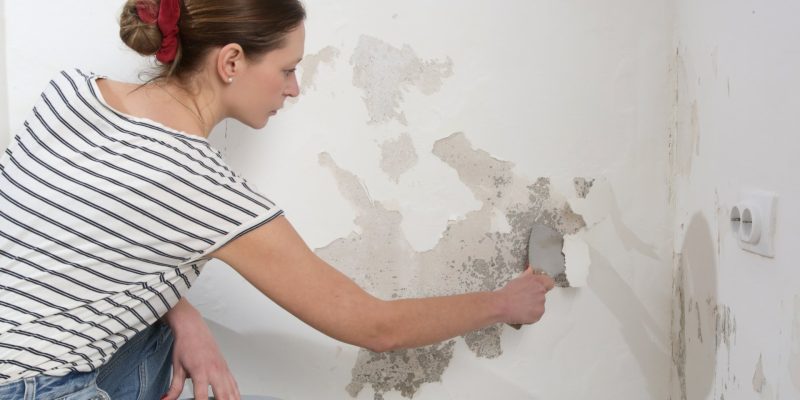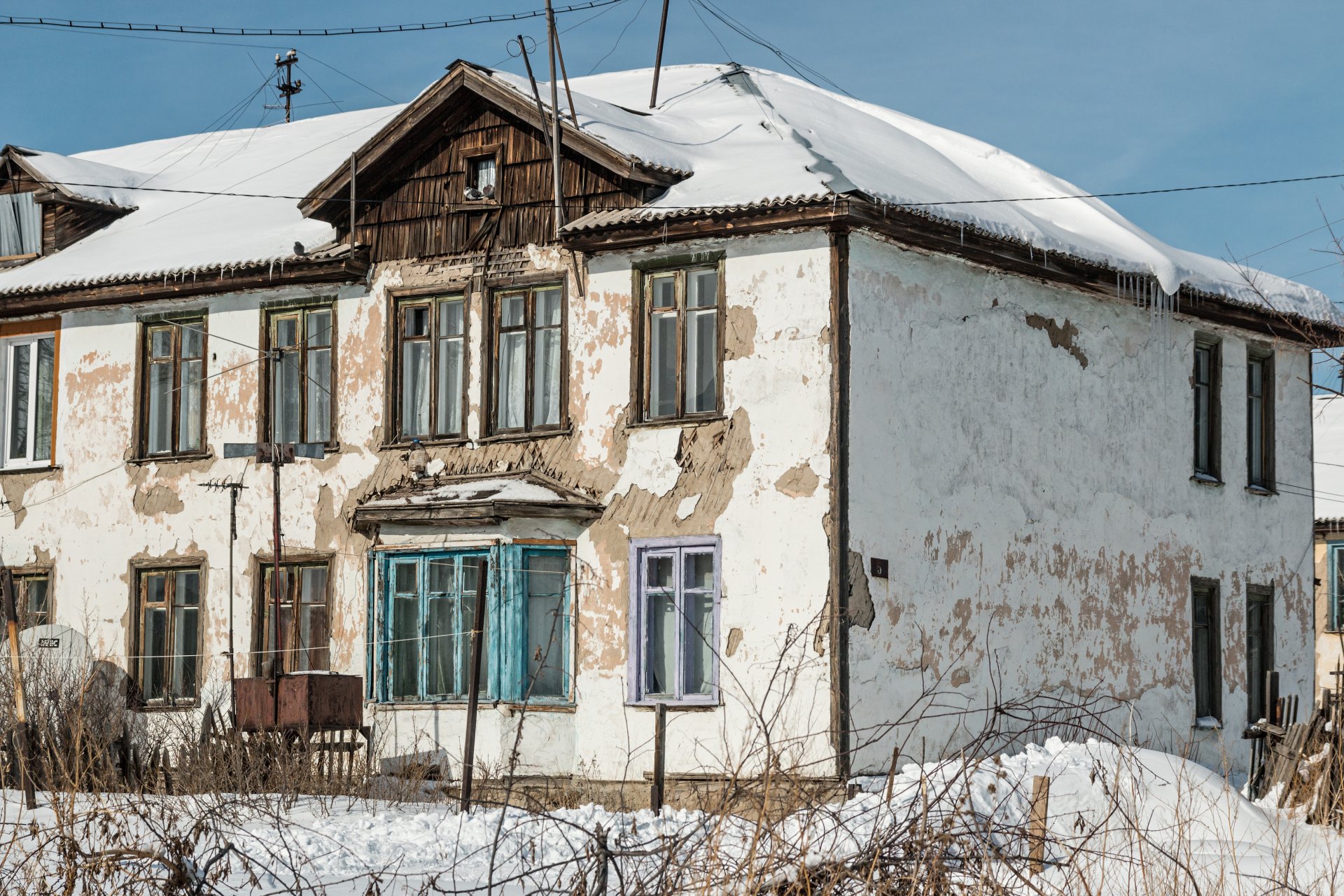In this article, we'll cover essential tips to prevent common painting errors, ensuring a flawless finish whether you're painting indoors or out.
In the world of DIY projects, painting your home’s interior or exterior can be both rewarding and challenging. However, without proper knowledge and preparation, it’s easy to fall prey to common painting mistakes. Below we’ll show you how to avoid these common pitfalls and ensure a smooth and professional-looking finish.
Painting Mistakes to Avoid:
1. Skipping Surface Preparation:
One of the most significant mistakes is failing to prepare the surface adequately. Ensure the surface is clean, dry, and free of old paint or rust. Sand and fill holes and cracks. Then apply a suitable primer for a flawless finish.
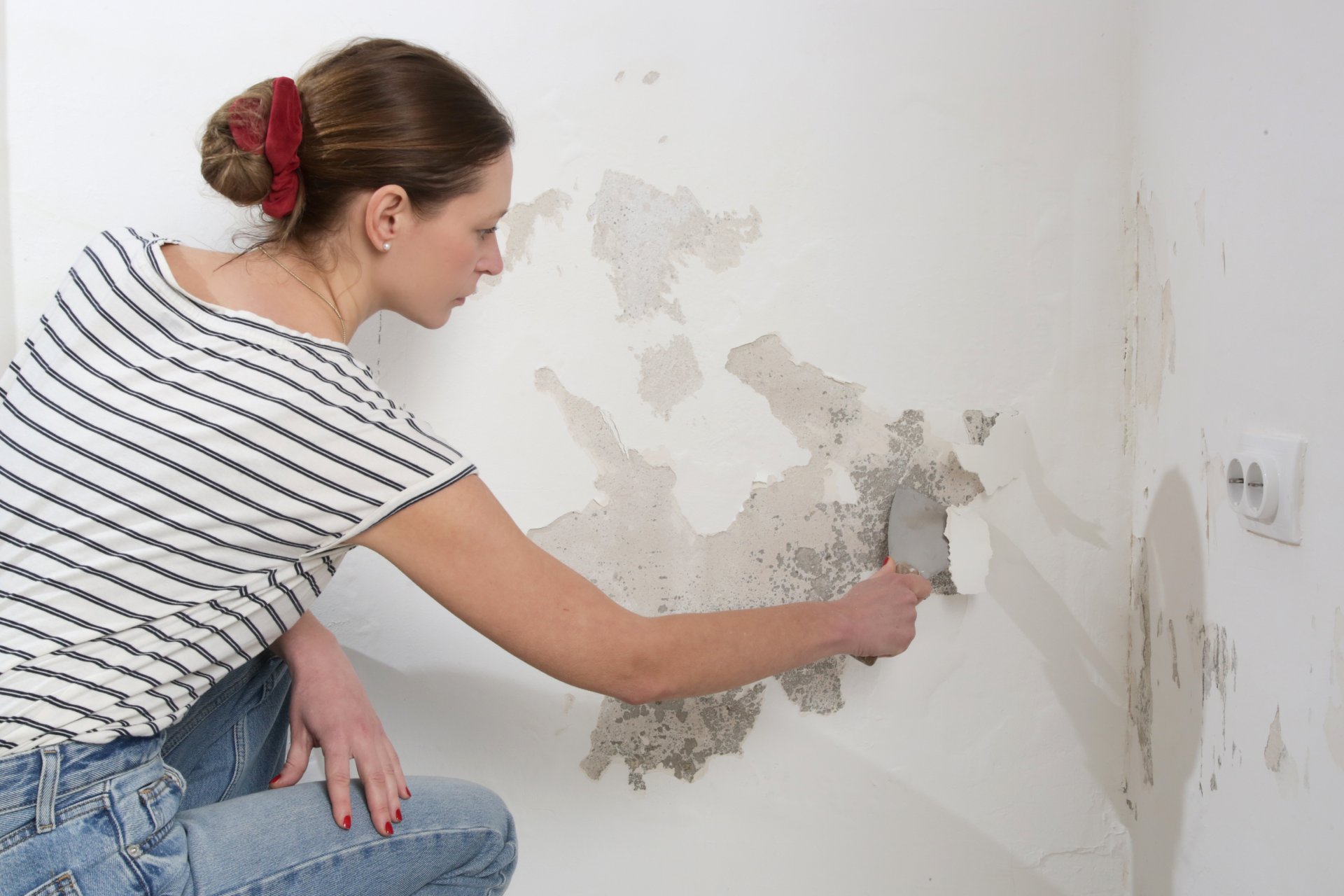
2. Using Low-Quality Paint:
Although it might be tempting to save a few dollars on paint, cheaper options often lead to poor coverage and durability. Investing in high-quality paint not only makes the application smoother but also ensures a lasting finish. Quality paint is the secret ingredient to vibrant walls.
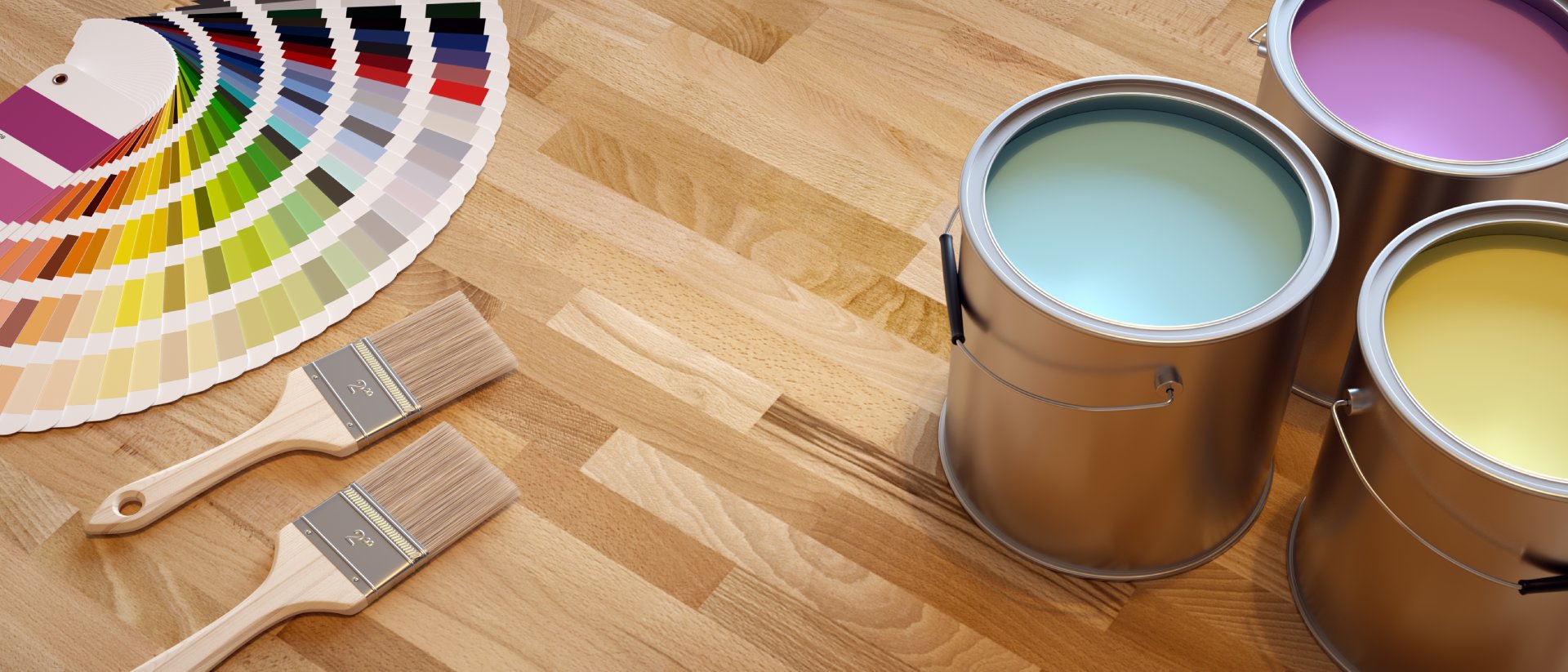
3. Using the Wrong Type of Paint:
Make sure you get the right kind of paint for your project: you can paint water-based paint over oil-based paint, but not the opposite without proper preparation. Consult with the salespeople at your local paint store before you purchase.

4. Ignoring Weather Conditions:
When painting outdoors, it’s crucial to consider the weather. High humidity or extreme temperatures can adversely affect paint drying and adherence. Aim for mild weather conditions for the best results. The right weather can turn painting into a breeze.
5. Inadequate Edge Taping:
Taping off edges is essential for achieving sharp lines and protecting surfaces. Ensure the tape is applied firmly and removed while the paint is still slightly wet to prevent peeling. Be sure to use proper painter’s tape, available where you purchase your paint.
6. Overloading the Brush or Roller:
Applying too much paint on your tool can lead to drips and uneven coats. Dip the brush or roller lightly and apply paint in thin, even layers, allowing adequate drying time between coats. Like in cooking, the right amount of each ingredient ensures the perfect dish. Using more paint on the brush won’t save a second coat – you need the second coat for good coverage.
7. Neglecting the Importance of Lighting:
Lighting plays a crucial role in ensuring even application and spotting missed areas. Always paint in well-lit conditions or use additional lighting to highlight the work area. Good lighting will reveal the true colors of your paint.
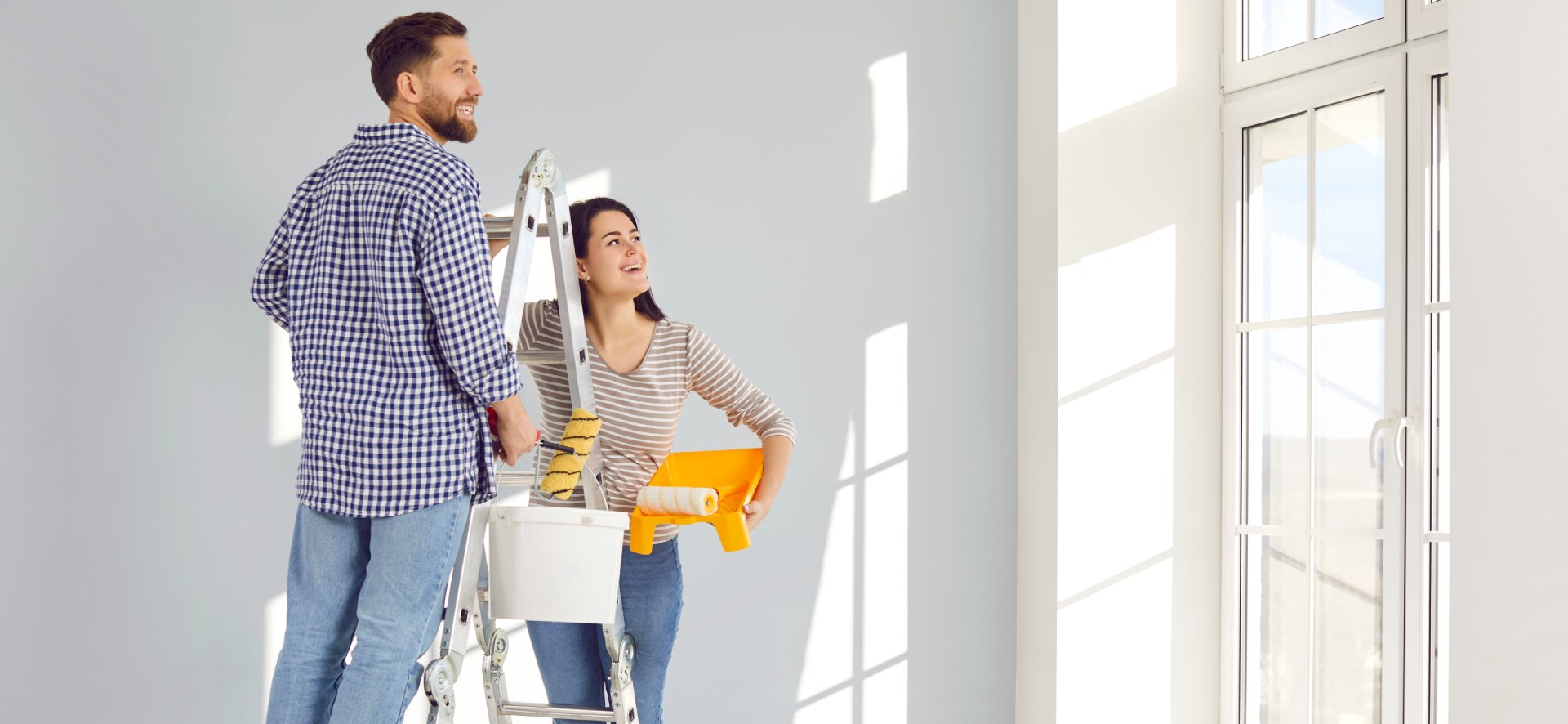
8. Rushing the Process:
Patience is key in painting. Rushing through the project can result in missed spots, uneven layers, and a lackluster finish. Take your time for preparation, application, and drying. Make sure the first coat is dry before you paint the second one. Patience is not just a virtue; it’s a necessity for painting perfection.
9. Waiting to Clean Up:
The best time to clean up paint spills is immediately after they occur, when the paint is still wet. This approach greatly reduces the effort required to remove the paint and minimizes the risk of staining or damage to the floor or surface.
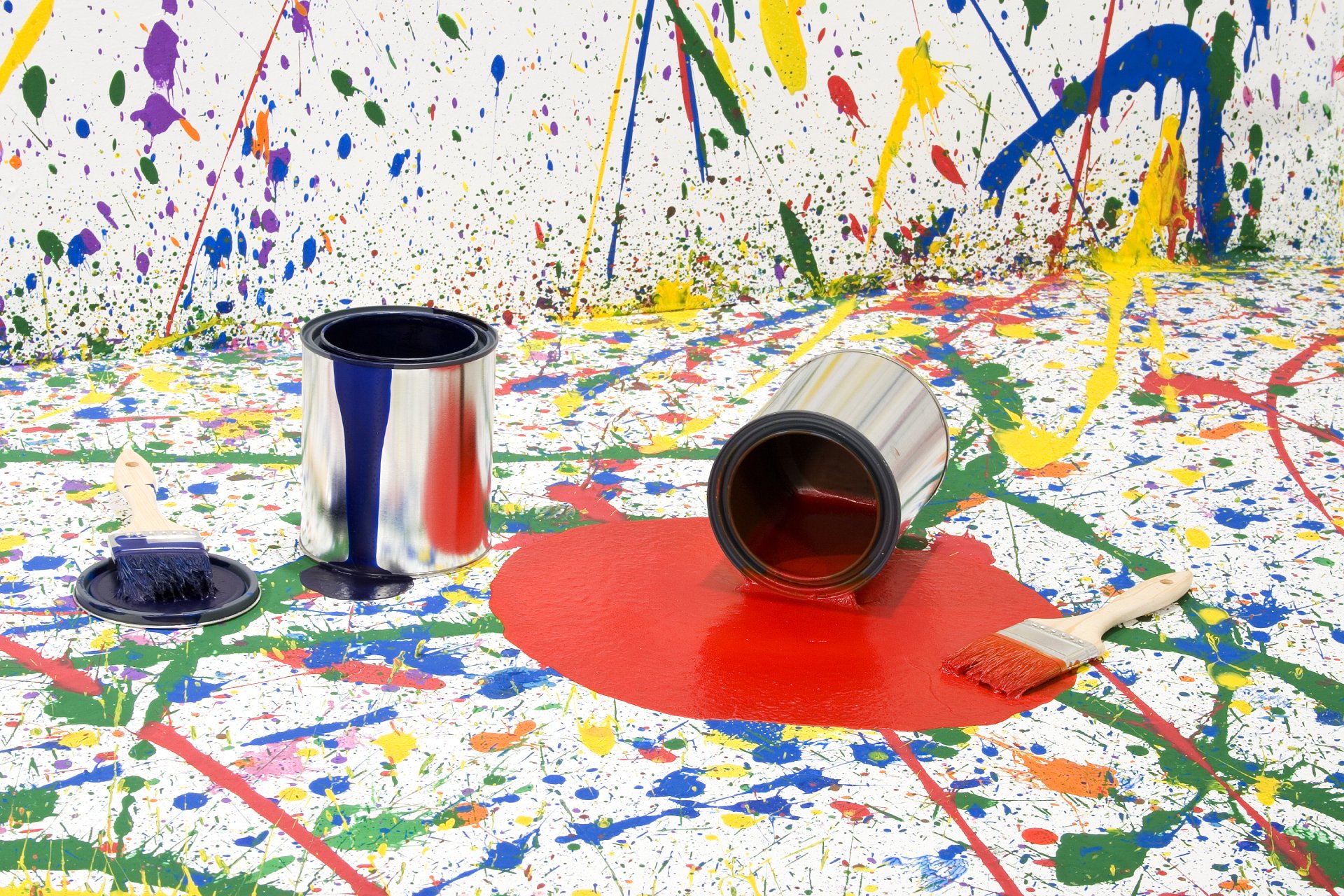
For more on common painting mistakes, check out these clips:
Professional Painting Services: A Foolproof Option
For those seeking a meticulous and error-free painting job, consider Dallas Paints. For more information or to schedule an appointment, click the link or call us at (214) 978-4400.

